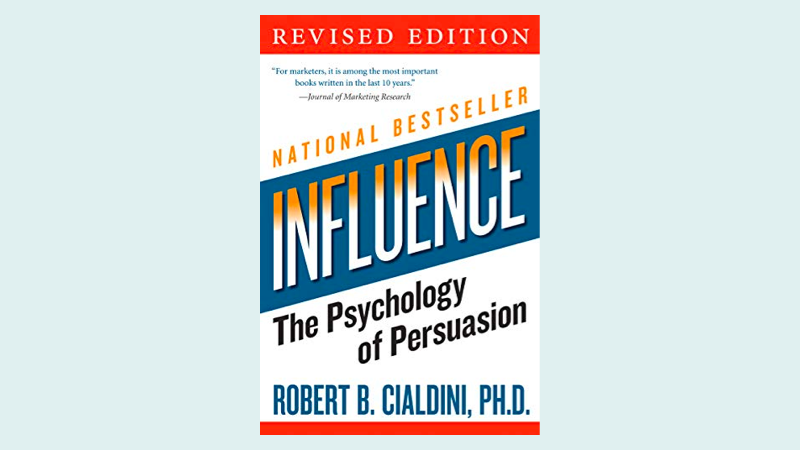Influence: The Psychology of Persuasion by Robert Cialdini – Book Review
“Influence: The Psychology of Persuasion” by Robert B. Cialdini is a groundbreaking book that delves into the psychological principles behind why people say “yes” and how to apply these understandings in various aspects of life. Cialdini, a renowned psychologist and marketing expert, presents six key principles of influence: reciprocity, commitment and consistency, social proof, authority, liking, and scarcity.
The book is well-structured, with each chapter dedicated to one of the principles. Cialdini uses a combination of research studies, real-life examples, and personal experiences to illustrate how these principles operate in everyday situations. He provides a fascinating look into the tactics used by salespeople, advertisers, and others who want to persuade us, often without our conscious awareness.
One of the strengths of the book is its accessibility. Cialdini writes in a clear and engaging style, making complex psychological concepts easy to understand for a general audience. The book is not only informative but also entertaining, filled with interesting anecdotes and insights.
“Influence” is not just a theoretical work; it has practical applications as well. Cialdini offers advice on how to defend against unwelcome attempts at persuasion and how to use the principles ethically in one’s own persuasive efforts. This makes the book valuable for both personal development and professional growth.
Six Weapons in Your Persuasion Arsenal:
The book dissects six core principles:
- Reciprocation: We feel obligated to return favors, even small ones. Understanding this principle can create powerful bonds in business and personal relationships.
- Scarcity: Limited availability makes things more desirable. Marketers often use this by highlighting limited-time offers or low stock.
- Authority: We tend to trust experts and figures of authority. Leveraging this principle can add credibility to your arguments.
- Consensus: We are more likely to do something if others are doing it too. Social proof is a powerful tool, especially in marketing and sales.
- Commitment and Consistency: Once we commit to something, even small, we are more likely to follow through. This highlights the importance of getting initial “yeses” in persuasive efforts.
- Liking: People we like are more persuasive. Building rapport and trust is crucial for effective influence.
Beyond Manipulation:
The book emphasizes ethical use of these principles. While understanding how persuasion works is valuable, manipulating others is not the goal. Cialdini encourages using these insights to build trust, create win-win situations, and ultimately benefit both parties involved.
Accessible and Engaging:
“Influence” is written in a clear and engaging style, balancing academic research with real-world examples and anecdotes. Cialdini’s personal reflections as an undercover researcher add a unique and fascinating dimension to the book.
A Must-Read for Anyone:
This book is relevant to anyone interested in human behavior, communication, marketing, sales, or simply understanding how they make decisions. Whether you want to protect yourself from persuasion tactics or become more persuasive yourself, “Influence” offers valuable insights and practical takeaways.
Overall:
“Influence: The Science of Persuasion” is a timeless classic that offers both knowledge and empowerment. It’s a valuable read for anyone interested in understanding why we do what we do and how to ethically influence others in personal and professional settings.














Post Comment